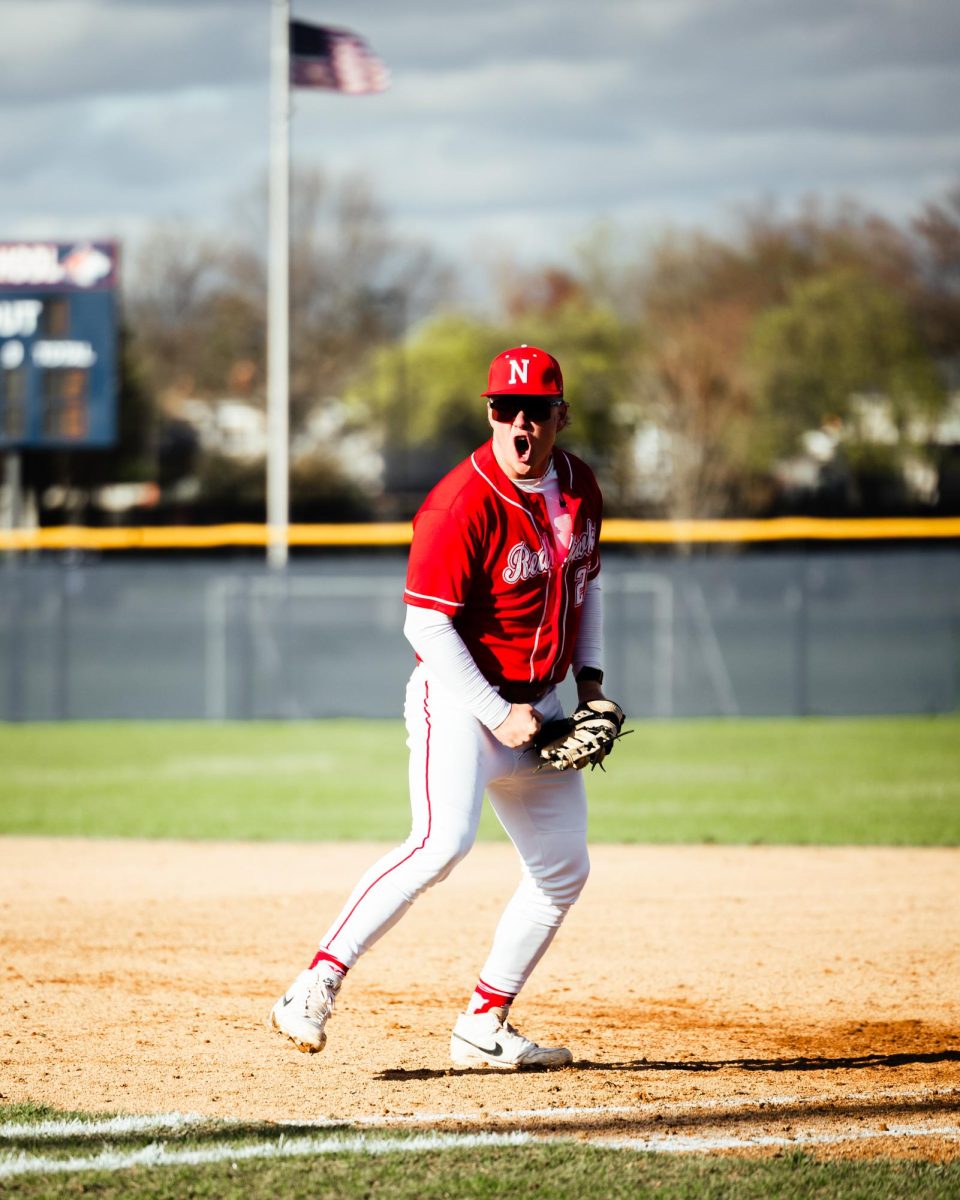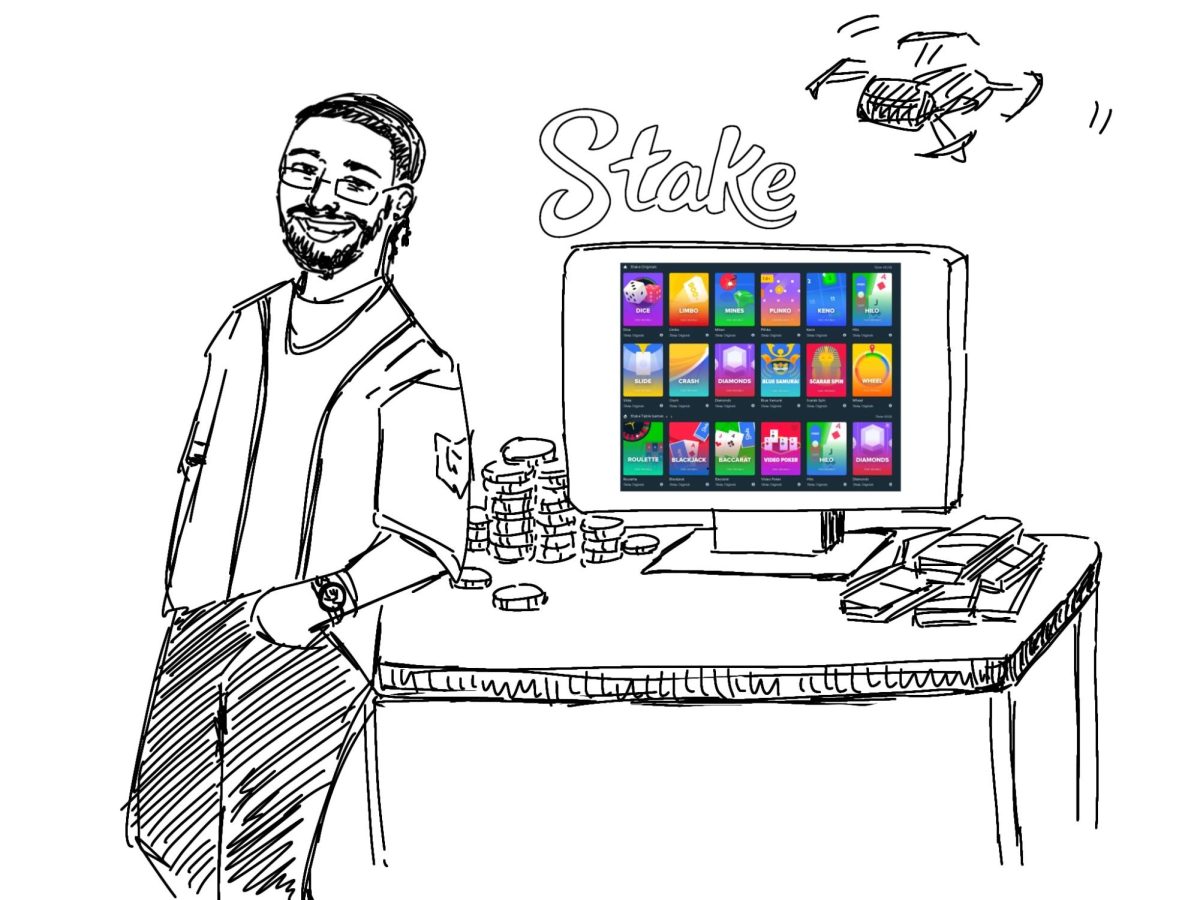Entrepreneurship students gain real world business skills
March 26, 2014
The entrepreneurship class project is now underway. This second semester class allows students to create their own business, design products and sell merchandise in an attempt to make a profit.
Students in the entrepreneurship class are selling products in the cafeteria and around town. Products featured include Hawk Mugs’ coffee mugs, Color Bus Guys’ tie-dye service and Redhawk Republic’s t-shirts and tank tops. The student entrepreneurs began sales the week of March 17 and will end their sales during the second week of April.
For the project, the entrepreneurship class split into three groups and created their own product. After evaluating the market, assigning positions and setting budgets from money they collected from investments, the students purchase the products from vendors.
“[The students] have to start from scratch and actually do everything a real company has to,” said Gwen Wells, Career and Technological Education teacher. “So they are fully responsible for running [the business], selling [products], everything.”
A business partner also visits the entrepreneurship class every week to help the students out with financials.
At the end of the project, the Central students will host a trade show to compete against students from Naperville North’s class by attempting to gain investors in their companies.
Any profits that the students make are then split between the employees.
“Other knowing all the different types of businesses like finance, marketing, human resources and communication, the coolest thing is how you can actually make money or some cases to lose money,” said Junior Mitchell McGuire, the finance manager of Redhawk Republic. “The [money aspect] gives you an incentive to work hard and be profitable.”
Each member of the tank top business invested around 195 dollars into Redhawk Republic in hopes to make 2000 dollars in sales and 100 dollars in profit.
This semester, Wells has added in a new element to the students’ requirements. The companies now must have an element of social responsibility whether the students donate to charities or give their time to allow students to “think outside of themselves along with making a profit.”
The students are graded for their employee tasks and turn in a checklist for their positions each week. For example, a student responsible for purchasing is also in charge of purchasing requests, setting up the order, doing the scheduled inventory.
“It’s a lot of work, but the experiences they get in this class are real life,” Wells said. “They have so much they learn when they leave this classroom than what they would learn anywhere else.”







